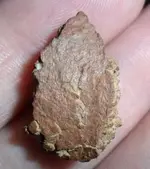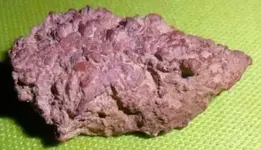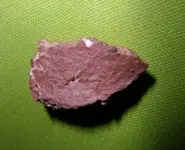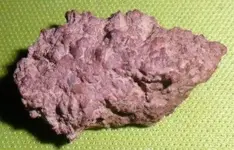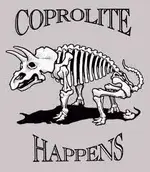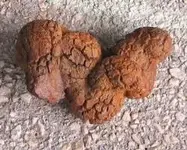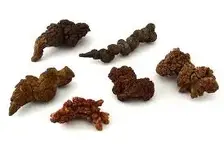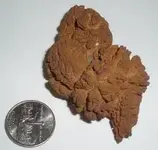i guess i should have been more generic.
Coprolite
From Wikipedia, the free encyclopedia
A coprolite of a carnivorous dinosaur found in southwestern Saskatchewan.
A coprolite is fossilized animal dung. Coprolites are classified as trace fossils as opposed to body fossils, as they give evidence for the animal's behaviour (in this case, diet) rather than morphology. The name is derived from the Greek words κοπρος / kopros meaning 'dung' and λιθος / lithos meaning 'stone'. They were first described by William Buckland in 1829. Prior to this they were known as "fossil fir cones" and "bezoar stones." They serve a valuable purpose in paleontology because they provide direct evidence of the predation and diet of extinct organisms.[1] Coprolites may range in size from a few millimetres to over 60 centimetres.
Coprolites, distinct from paleofaeces, are fossilized animal dung. Like other fossils, coprolites have had much of their original composition replaced by mineral deposits such as silicates and calcium carbonates. Paleofaeces, on the other hand, retain much of their original organic composition and can be reconstituted to determine their original chemical properties.[2] In the same context, there are the urolites, erosions caused by evacuation of liquid wastes and nonliquid urinary secretions
so i guess what i should have said was,
fossilized animal dung which covers about any animals.




